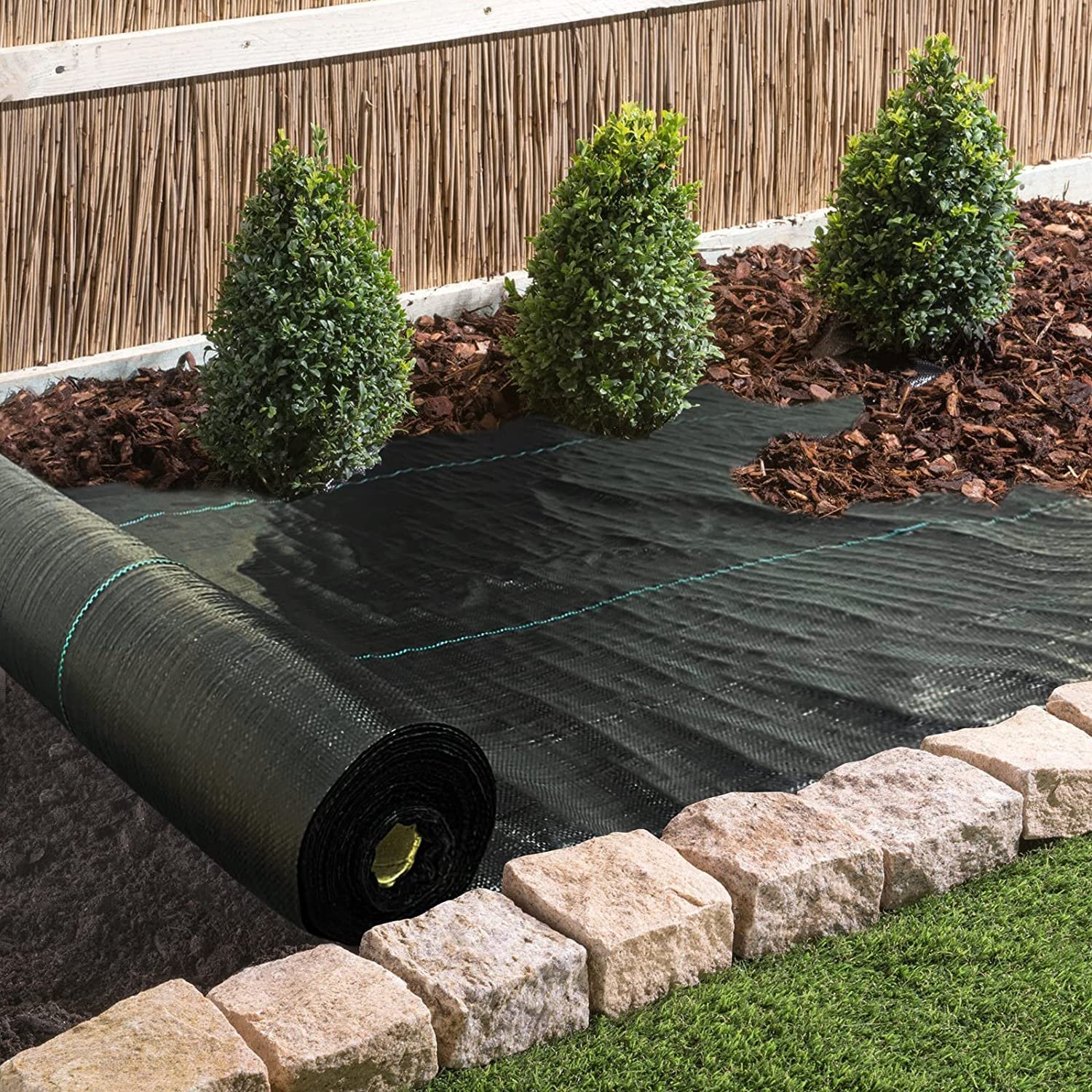
The Do's and Dont’s of Landscape Fabric
The Do’s and Dont’s of Lanscaping Fabric
Landscape fabric is the best weed mitigator that we can suggest for our Victoria BC clients, but it's use is only appropriate under certain circumstances.
What is Landscaping Fabric?
Landscaping fabric, also known as weed barrier fabric, weed control fabric, or geotextile fabric, is a synthetic material designed to suppress weed growth and provide erosion control in garden beds, landscaped areas, and hardscapes. It typically comes in rolls of varying widths and lengths and is made from materials such as polypropylene or polyester.
Purpose and Benefits
The primary purpose of landscaping fabric is to prevent weed growth by blocking sunlight and inhibiting weed seeds from germinating. By creating a barrier between the soil and the surface, landscaping fabric helps to maintain a clean, weed-free appearance in garden beds and landscaped areas.
Landscape Fabric Do’s and Dont’s
At Green Image Lawn & Garden, we recommend the following five strategies to make the most out of the landscaping fabric in your garden:
Use an industrial strength landscape fabric. It is common for most do-it-yourselfers to use a cloth based landscape fabric. This creates future problems. After a few years, the cloth erodes and weeds start to come through the fabric. The result is having to take whatever stones or material that is on the fabric, off of it and redo everything that had originally been done – what a nightmare! We use an industrial strength, plastic fabric that will last a lifetime.
Use landscape fabric on beds that have lots of open space, or under any gravel, cobble or xeriscaped landscapes. We do not suggest using landscape fabric in areas where you wish to plant bulbs or where there is a high density of plants. Weeds need space to grow. If you are planting multiple plants in one area with the intention of them growing together, there will be less room for weeds to grow making it less important to use landscape fabric.
Use landscape fabric on most newly installed beds. While it is possible to install in established beds, it is much easier to install and much more practical to use in beds that are free of any plants, or that have very few plants within them. If you are wanting to refresh your beds and install a new landscape design, landscape fabric is an important step in creating a maintenance friendly property.
Avoid using landscape fabric on heavily sloped beds. Consider what material you will be putting on top of your landscape fabric. Industrial fabric is slick and mulch has a tendency to wash away with heavy rain fall if used on sloped beds. While gravel, cobble and other inorganic products tend to stay put under these circumstances.
Avoid any gaps while installing. When installing your fabric we suggest rolling it out first, pinning it down with landscape staples every four to five feet, pulling out any slack between pins, and then running an exacto knife along the edges and around the base of each plant. Choose a roll with sufficient width for your bed and if needing to cover an area wider than your roll of fabric, always overlap the original piece by approximately 2 inches. Proper installation is necessary to maximize coverage which is what helps to prevent the weeds.
Save yourself time, hassle and money for years to come and invest in an industrial strength landscape fabric
Request a free quote
(250) 580-4983
Green Image Lawn & Garden Ltd: Delivering landscaping in and around Greater Victoria, Sidney, Langford and the surrounding communities





